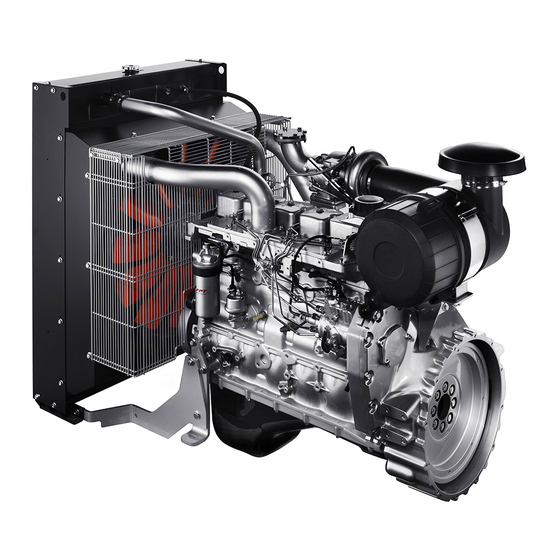
FPT NEF Series Use And Maintenance
Hide thumbs
Also See for NEF Series:
- Use and maintenance (72 pages) ,
- Use and maintenance (60 pages) ,
- Use and maintenance (52 pages)















Need help?
Do you have a question about the NEF Series and is the answer not in the manual?
Questions and answers